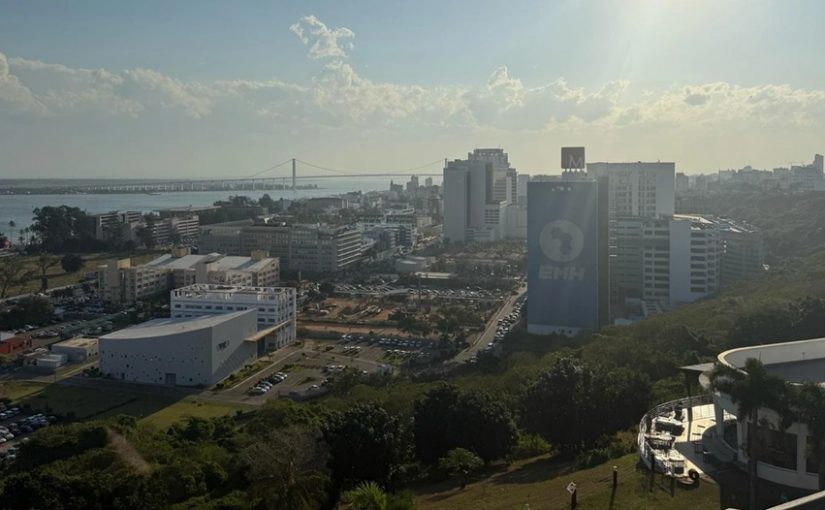Mozambique: 115 projects budgeted at five billion dollars approved in first six months - PM
Mozambique moves to lower MSME financing costs by scrapping cost premium

File photo: RTP
The Mozambican government plans to reduce the financing cost for Micro, Small and Medium Enterprises (MSMEs) by five percentage points through revision of the Single Index Agreement, by removing the cost premium, according to documents obtained by Lusa on Monday.
“In a context of economic recovery, it is necessary to create conditions so that access to finance is at manageable levels,” states the Economic Recovery and Growth Plan (PRECE). Regarding MSMEs, the plan indicates that the objective is “to reduce the cost of financing.”
“To this end, the proposal is to revise the Single Index Agreement with the aim of removing the cost premium, which will reduce the financing cost by about five percentage points, adjusting the Prime Rate from 17.20% to 12.20% [a reference to the interest rate in June], facilitating access to credit and encouraging productive investments,” the document reads.
The PRECE also provides for “special and appropriate financing lines” for sectors such as agriculture, industry and housing.
“The inclusion of both the cost premium and the banking spread represents a duplication that ends up increasing the financing cost for MSMEs. Thus, it is proposed to remove the cost premium in the formation of the interest rate,” the document further states.
In the document, the government acknowledges that MSMEs “have faced difficulties in access to financing due essentially to the high interest rates practised in the market and lack of real guarantees.”
The cost premium is the margin that represents the risk elements of banking activity not reflected in interbank market operations. This premium is added to the Single Index to form the Prime Rate of the Mozambican Financial System, calculated quarterly by the Mozambican Banking Association (AMB) “based on a methodology that considers the country’s rating, the non-performing loan ratio, the cleaned credit ratio and the required reserve coefficient for local currency liabilities.”
“To compute the final interest rate for the borrower, one also adds the banking spread. This spread considers the risk profile of the client, inflation, among other aspects,” the document says.
The reference interest rate for credit in Mozambique will remain unchanged in October at 16.5%, disclosed by the AMB, which thus does not follow the cut decided by the central bank.
Since January 2024, the rate known as the “prime rate” has been progressively falling after six consecutive months at a maximum of 24.1%. Fluctuations in the prime rate are tied to the bank’s monetary policy rate (MIMO rate, which influences the formula for calculating the prime rate), used by the central bank to control inflation.
In August it fell to 17.20% and in September to 16.5%, remaining unchanged during October by decision of the AMB.
Last Monday, the Monetary Policy Committee (CPMO) of the Bank of Mozambique cut the monetary policy rate (MIMO) for the tenth consecutive time, by 0.50 percentage points, to 9.75%, the governor, Rogério Zandamela, announced.
“This measure results essentially from the maintenance of inflation forecasts in single digits over the medium term, reflecting partly exchange rate stability and a favourable trend in international commodity prices, notwithstanding the persistence at the domestic level of high risks and uncertainties associated with projections,” he said.
The benchmark interest rate in Mozambique had been fixed at 17.25% since September 2022, after an intervention by the central bank, which then began consecutive cuts from 31 January 2024 when it reduced it to 16.5%.
Rogério Zandamela last Monday recalled that this “process of normalisation” was initiated in early 2024, with an estimated timeframe of “24 to 36 months”, and has been “benefitting” households, companies and the state, with a total drop of 700 basis points.
“It was a major gain for the system,” he pointed out, recognising that the reference interest rate for banks’ clients has also “reduced significantly”, by about 600 basis points in the same period, though not fully matching the drop in the policy rate.












Leave a Reply
Be the First to Comment!
You must be logged in to post a comment.
You must be logged in to post a comment.